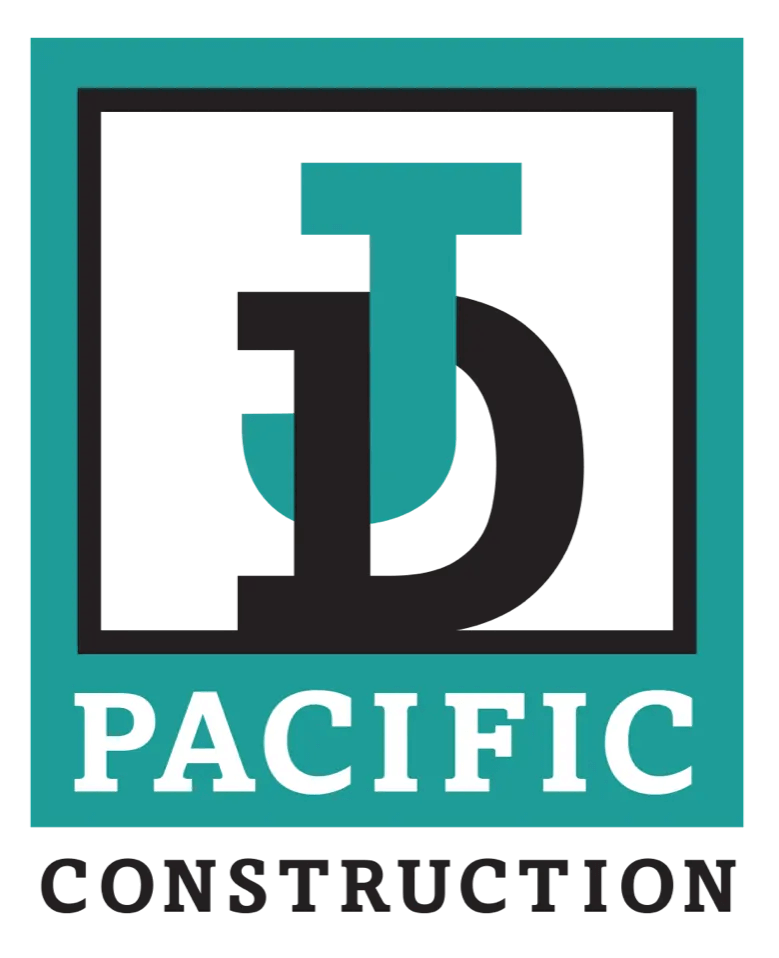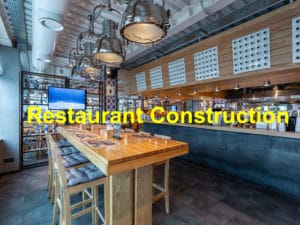Waiting and reception areas in health facilities such as high-end clinics and hospitals are designed to receive would-be patients and make them feel as comfortable as possible as they wait to be attended to by the physician. Here’s a quick breakdown of the building criteria revolving around reception and waiting areas in healthcare facilities.
The Lobby
As the name suggests, the lobby is obviously the most representative space or area in any facility, and the same applies squarely here. It serves as the receiving area and point of contact between the visitor/patient/guest and the medical facility in question. It’s an area that is heavily involved in sorting out the flow of people coming through the facility premises, and it’s no wonder that it ought to include a few basic elements such as toilets, refreshment points, and an ample seating/lounging area. The reception area in the lobby should be easily identifiable by prospective visitors and, if possible, placed in the immediate vicinity of the facility’s information desk.
The Connective Spaces
This includes the main landing area, paths, elevators, and waiting areas just before accessing the elevators. Here is the place that the visitor moves and uses as they negotiate throughout the building. In other words, the connective space is the area of the building that the visitors use to negotiate throughout the structure of the facilities. As such, it is only fair that concentrated effort is taken in healthcare planning and design to ensure that the guest or user can find extra information about the facilities on these elements and connective spaces. Speaking of which, the monotony and excessive uniformity of the ardous/long hospital journeys can be mitigated or broken by introducing creative variations engineered to stimulate attention and introduce variations. Of course, all this should be done while considering the minimum passage dimensions.
Waiting Areas
In most modern healthcare facilities, the waiting areas are typically derived and designed from extro-flexions and variations placed strategically along the connective pathways. Ideally, these areas should be separated well while still maintaining visual contact with the space that was primarily included or dedicated to the inflow/outflow paths.
In Closing
It is important and highly vital to maintaining overall design unity throughout the entire facility, even when designing parking areas in the joints, atrium, and corridors.
References: AstronHealthcare, HMarchitects




